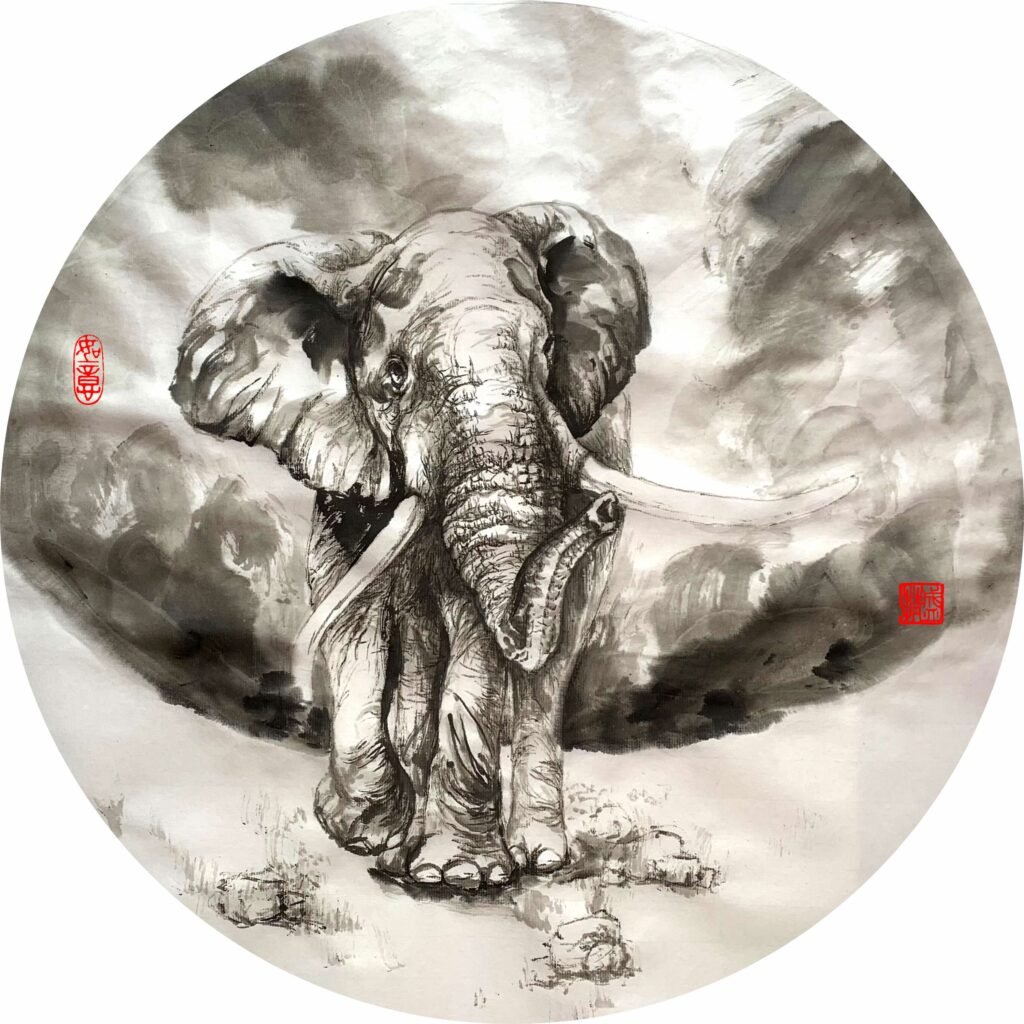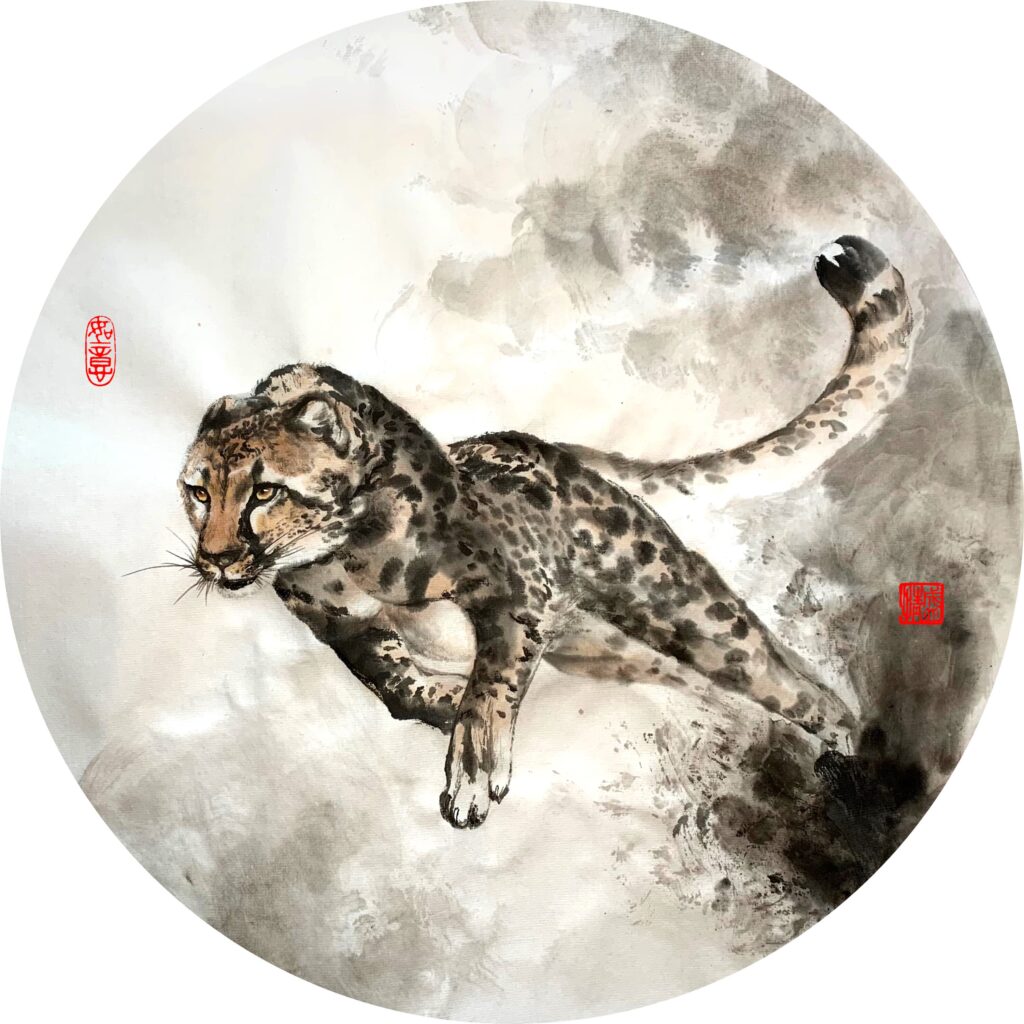Holding a brush is almost the very first thing to learn in an Oriental brush art class. You may have spend time learning about the correct way to use a brush, just like in the video below, most of the texts will also tell you that all five fingers are required in holding a brush, where three of them are the main ones doing the work. The brush stem should be held rather vertically from the surface of the desk, and the palm should remain rather hollow, as if an egg could fit in. However, the long version of the story is quite different!
In the periods between Qing Dynasty and Tang Dynasty, the way to hold a brush is the “bad” way of modern days: only the index finger, the middle finger, and the thumb are touching the brush, just like the way we use a pencil, with the brush stem leaning again the hand. This way of brush holding is called the “single hook”. The image below came from a Japanese monk who came to China in the 9th Century and made recordings of brush holding techniques.
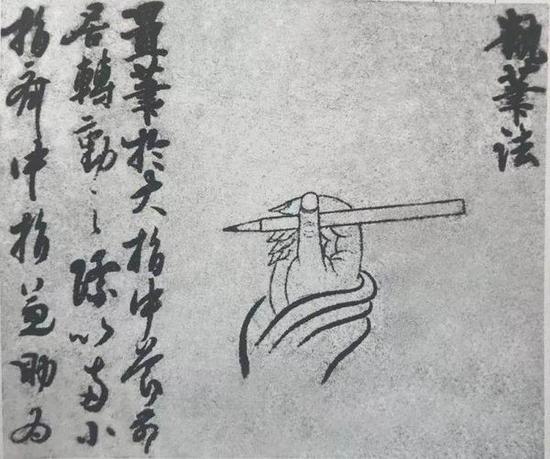
The image below partially shows a man holding a brush in the “single hook” way, painted by a famous Tang Dynasty painter, Yan Li Ben, who provided rather convincing evidence that in the past they held brushes the same way we hold a pencil today. But towards the middle and late Tang Dynasty, the brush holding evolved: great calligraphers started to hold the brush stems up straight, and the ring finger joined in to hold up the brush from behind, the “double hook” as we know today came to life.
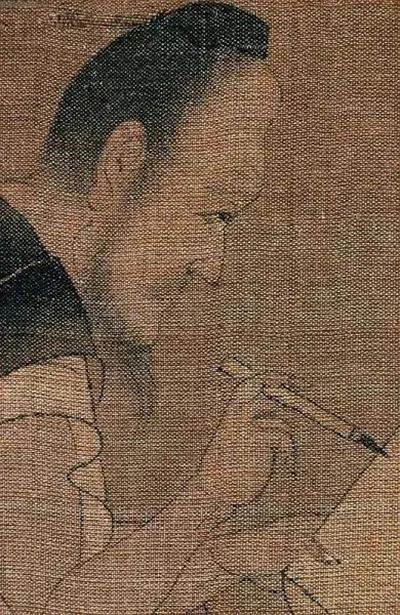
So why the change?
Some argue that the change of seating position initiated the change of brush holding methods. But either seated as we do today or knelt as in the past, the distance between our eyes and the surface that we write on has not changed. So I doubt the legitimacy of this argument.
Others suggested that the writing scripts influenced the brush holding styles, saying the newer scripts fit better with the newly developed “double hook”. I am not convinced by this, because taking the ancient small seal script for example, to keep the brush tip in the middle of each brush stroke is impossible when one holds the brush with an angle.

Let us consider a fact: in the far beginning people even grabbed the brush with the entire fist, because all they needed to do was to secure this tool to record a message. So I speculate when writing became more and more like an art form, the way of holding a brush had to evolve to adapt to this fancy identity. Just like fashion trends, when some celebrity starts holding the brush in one way, perhaps the other started to follow suit.
However, with all the above said, I must say that whichever way one prefers to hold a brush, the final result has to be that the hand is enabled to create desirable lines using brushes. Also for a beginner, the “double hook” can keep the brush rather stable with a rather classy posture, and in addition, one is immediately brought into the atmosphere of calligraphy holding a brush this way. Where the mind is can be quite important in the creation of such arts, so why not using the “double hook”?
But eventually, all the tactics and strategies will disappear, only the true art form will remain, and when we reach that stage, how the brush is held is no longer important.
Our Books
-
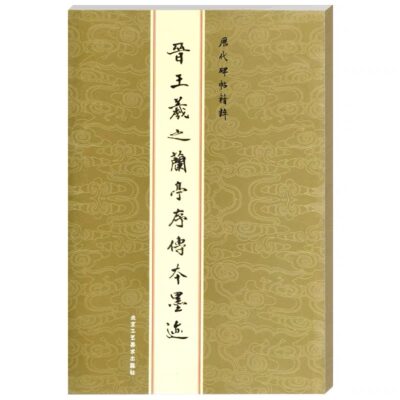 Calligraphy Manual, Cursive Script
Calligraphy Manual, Cursive Script -
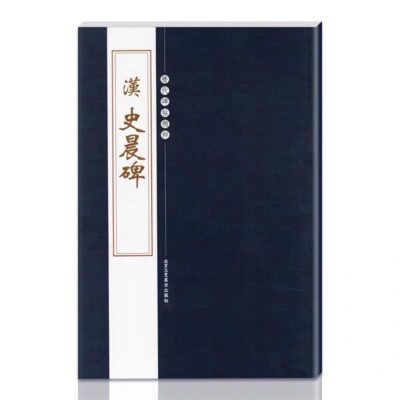 Calligraphy Manual, Official Script
Calligraphy Manual, Official Script -
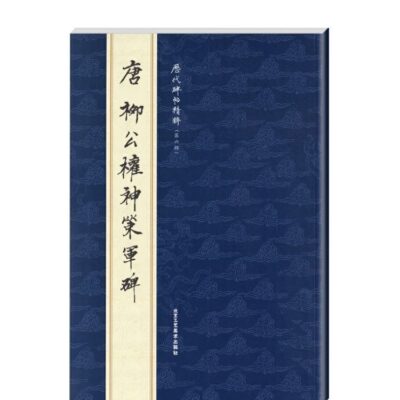 Calligraphy Manual, Regular Script
Calligraphy Manual, Regular Script -
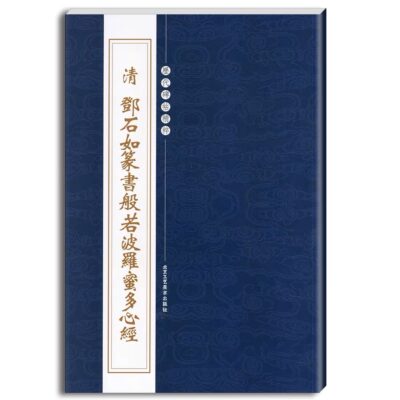 Calligraphy Manual, Seal Script
Calligraphy Manual, Seal Script -
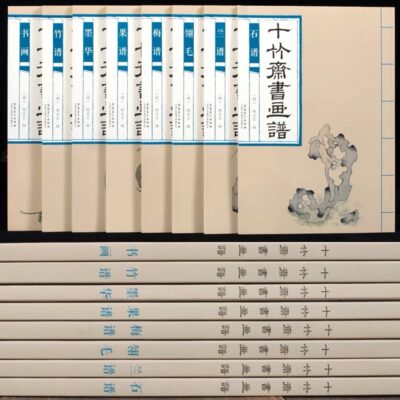 Classic Painting Manual, Shi Zhu Zhai (Set of 8)
Classic Painting Manual, Shi Zhu Zhai (Set of 8) -
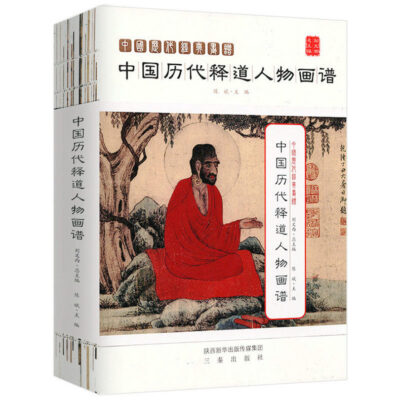 Collection of Classic Painting, Buddhism & Taoism Figures
Collection of Classic Painting, Buddhism & Taoism Figures -
 Collection of Classic Painting, Female Figures
Collection of Classic Painting, Female Figures -
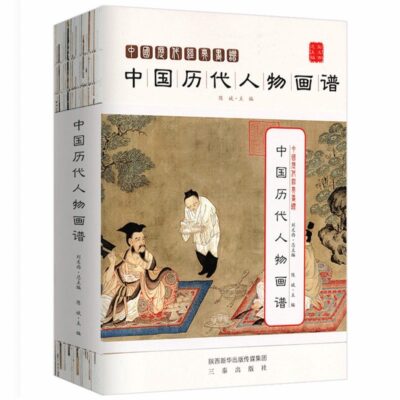 Collection of Classic Painting, Figures
Collection of Classic Painting, Figures -
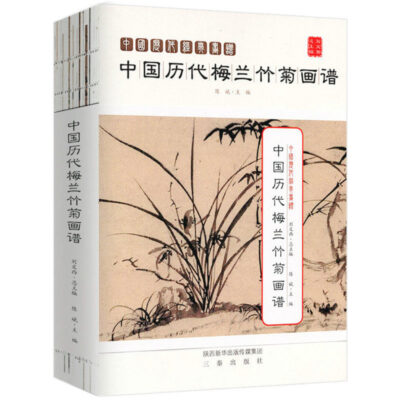 Collection of Classic Painting, Four Gentleman Flowers
Collection of Classic Painting, Four Gentleman Flowers -
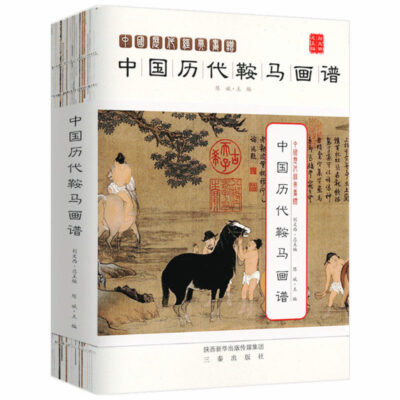 Collection of Classic Painting, Horses
Collection of Classic Painting, Horses -
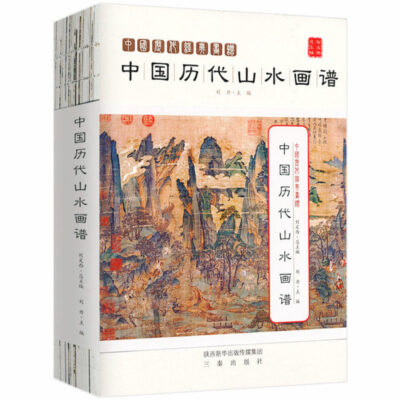 Collection of Classic Painting, Landscape
Collection of Classic Painting, Landscape -
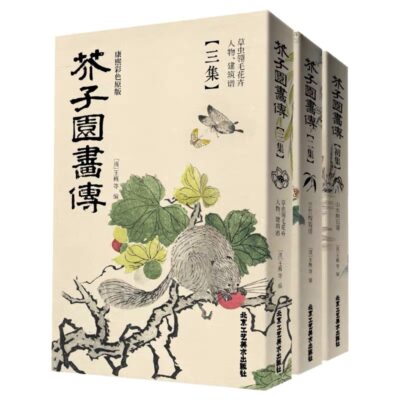 Colored Classic Painting Manual, Jie Zi Yuan
Colored Classic Painting Manual, Jie Zi Yuan -
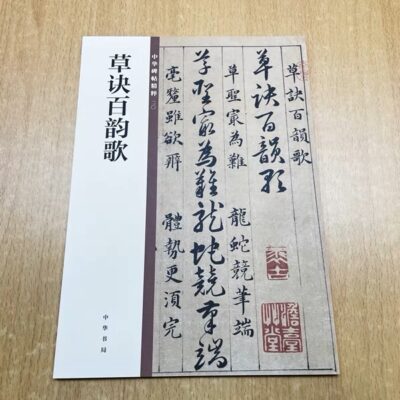 Cursive Script “Bible”
Cursive Script “Bible” -
 Flower & Bird Freehand Paintings by Great Masters
Flower & Bird Freehand Paintings by Great Masters -
 Flower & Bird Freehand Paintings by Wang Xue Tao
Flower & Bird Freehand Paintings by Wang Xue Tao -
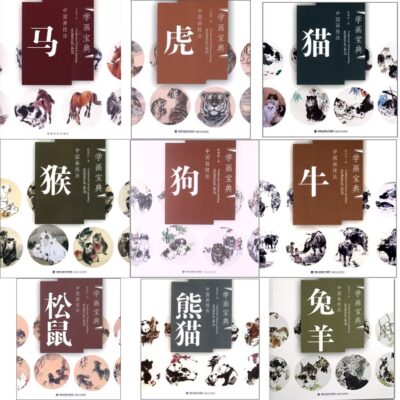 Freehand Painting – Beasts (set of 9)
Freehand Painting – Beasts (set of 9)
Buy Artworks | Learn Brush Painting | Learn Chinese Calligraphy
